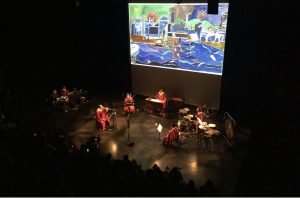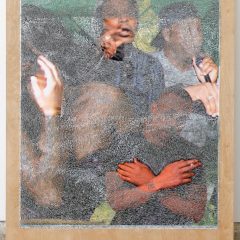The last time I saw Penn Professor of Art Terry Adkins in action he was at Pageant Soloveev Gallery, trying to resurrect Bessie Smith to give to her, her rightful place in Philadelphia history. He was hoping his exhibit would inspire creation of a Bessie Smith historical marker on the streets of Philadelphia. Alas, the marker is nowhere in sight.
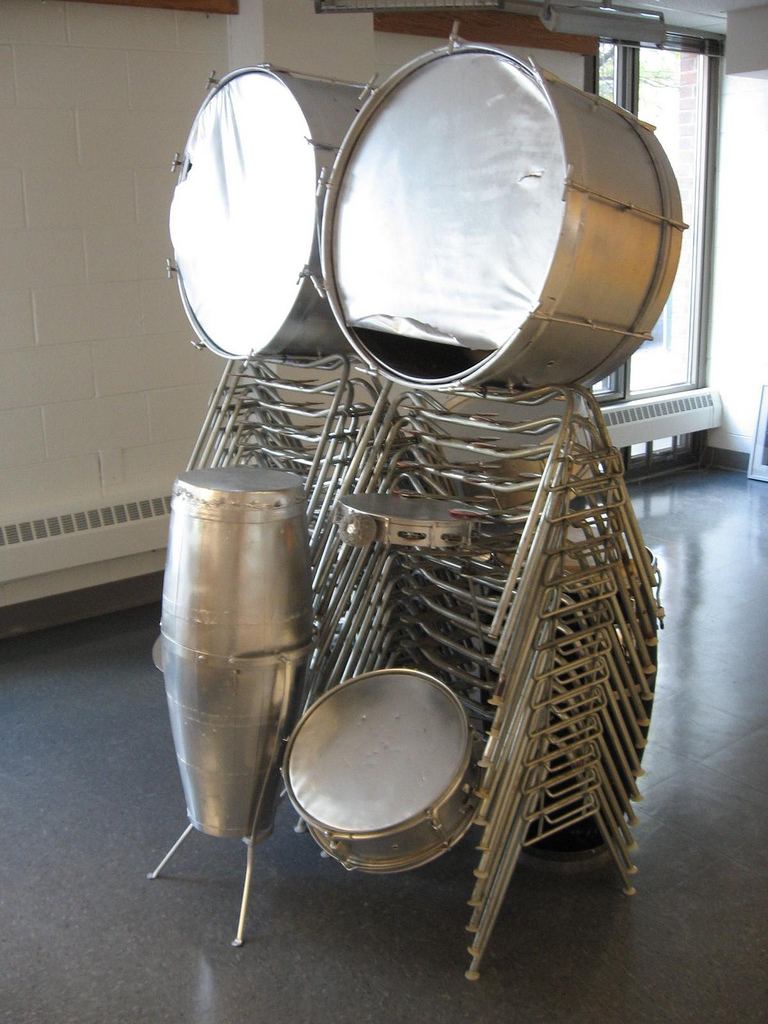
But when I spoke to Adkins Sunday, he was in Houston, a place where he had more success–with memorializing musician and singer Lightnin’ Hopkins. Adkins was down there for the festivities surrounding the installation of a Lightnin’ Hopkins historical marker there, and Adkins, who had had a show down there about Hopkins, took some credit for the new marker.
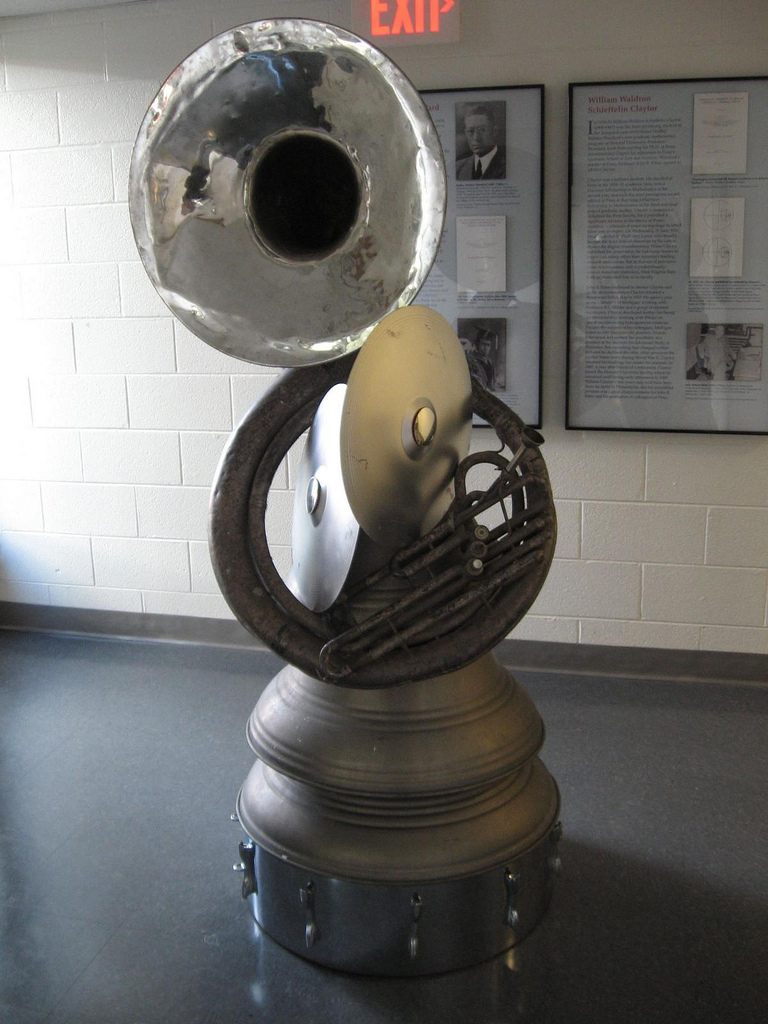
Adkins, a 2008 USArtists Fellow, and 2009 Rome Prize winner. currently has another resurrection of sorts in progress with collaborator Blanche Bruce in their show The Riddle of the Sphinx at the W.E.B. Dubois College House at the University of Pennsylvania. They are calling up the spirit of John Brown, the famous insurrectionist and abolitionist and general crazy guy, 151 years after his raid on Harper’s Ferry and his hanging.
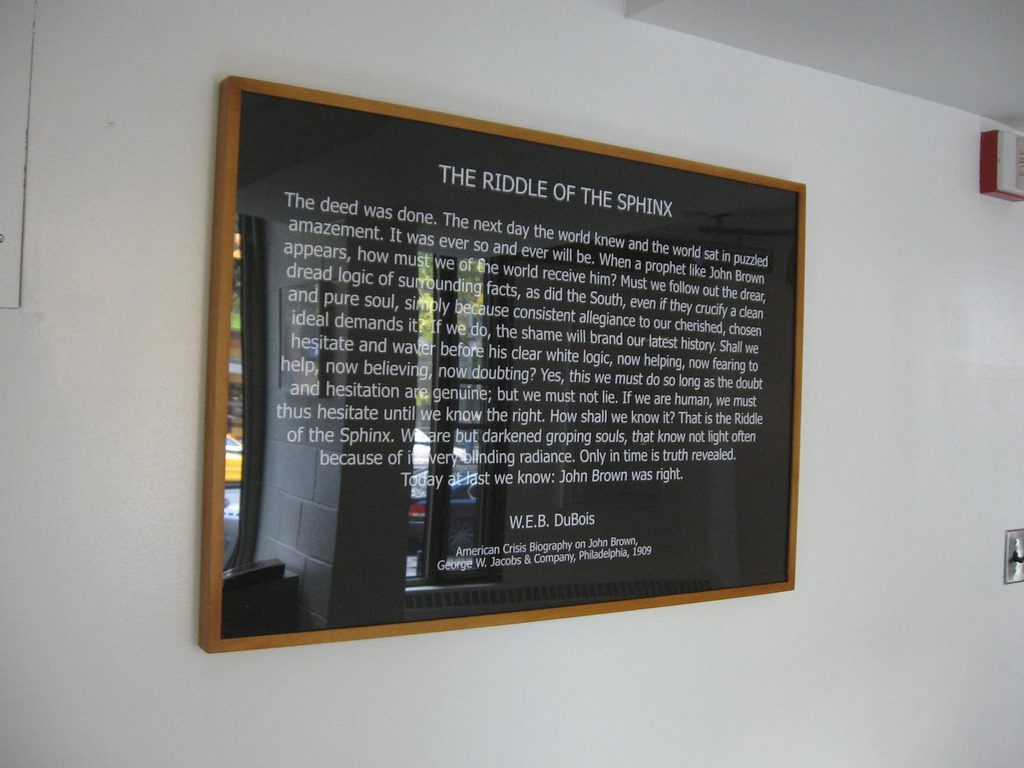
The show grapples with how to handle the contradictory heroic and horrific facts of Brown’s life. His early biographer W.E.B. Dubois speculates on how to reconcile Brown’s visionary righteousness with his heinous brutality. This enigma, Dubois writes, is the Riddle of the Sphinx.

A mix of sculptures, documents, artifacts, and drawings of maps of Harper’s Ferry form the body of the show. The sculptures range from transcendent–one based on drums, one on Sousaphones–to Satanic, a wrapped head with horns on a silver tray a la John the Baptist, Michelangelo’s Moses and a sheep. Deified artifacts are in the show–resting on glass bricks is a piece of the original railroad track from Harper’s Ferry, next to a lineup of 22 pikes (scary looking and gorgeous)–replicas of the 1,000 spears John Brown designed and had fabricated. Twenty-two is the number of men in Brown’s “army” that attacked Harper’s Ferry.
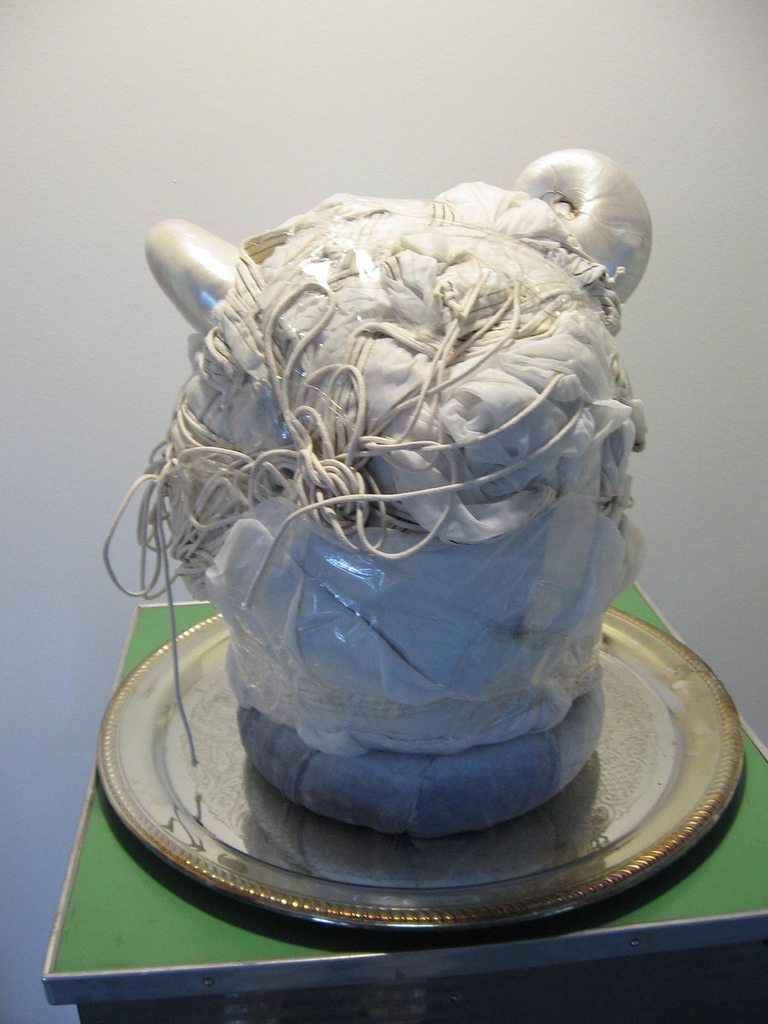
Capturing religious and moral issues and influences, the installation is a moving retelling of the story, resurrecting the spirits of the men who died for a noble cause–sheep led to their slaughter. The installation also rather chillingly raises John Brown himself one more time. But probably not for the last time. Riddle of the Sphinx is one of a series of exhibits at John Brown historical locales that Adkins and his collaborator Blanche Bruce (more on this particular resurrection later) have created. “This effort is an ongoing cycle that was begun in 1982 in Akron, Ohio, the site of the John Brown House and the Perkins and Brown sheep farm. Riddle of the Sphinx deals with aspects of John Brown as Soldier, Shepherd, Martyr and Prophet…thus a Recital in Four Dominions,” wrote Adkins in a recent email, to explain his elaborate show title and subtitle.
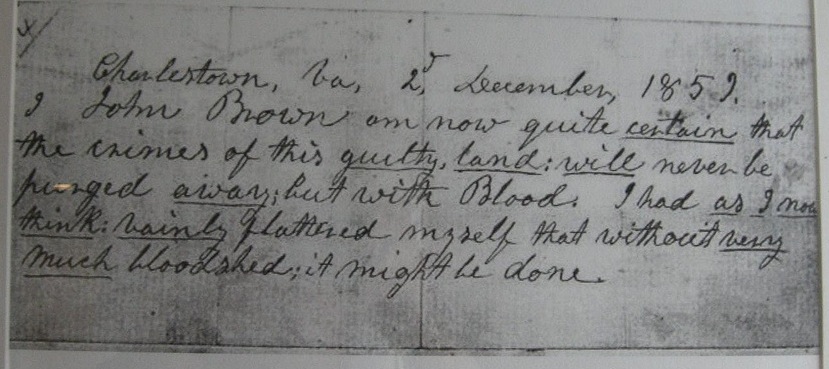
Brown’s historic connections to Philadelphia are many, including that he came to Philadelphia shortly before the raid to raise support, and then, after the hanging, his body was secreted into Philadelphia on its way back to Brown’s wife in Peekskill, NY.
Blanche Bruce, named as Adkins’ collaborator, is also the name of the nation’s first elected black senator to serve a full term 1875 to 1881. In my own effort to raise Bruce’s spirit, I found Bruce on Facebook, both as the 19th century senator and as a contemporary masked artist, outraged at the small number of artists of color included in the 2010 “Whitey Biennial.” Bringing back spirits from the dead via the internet seems like a great strategy. I also found a Bessie Smith site and a Lightnin’ Hopkins site. Adkins did work with another person to create this show, so we’ll just have to call Blanche Bruce a nom d’arte–and more importantly, remember who the 19th century historical figure really was.
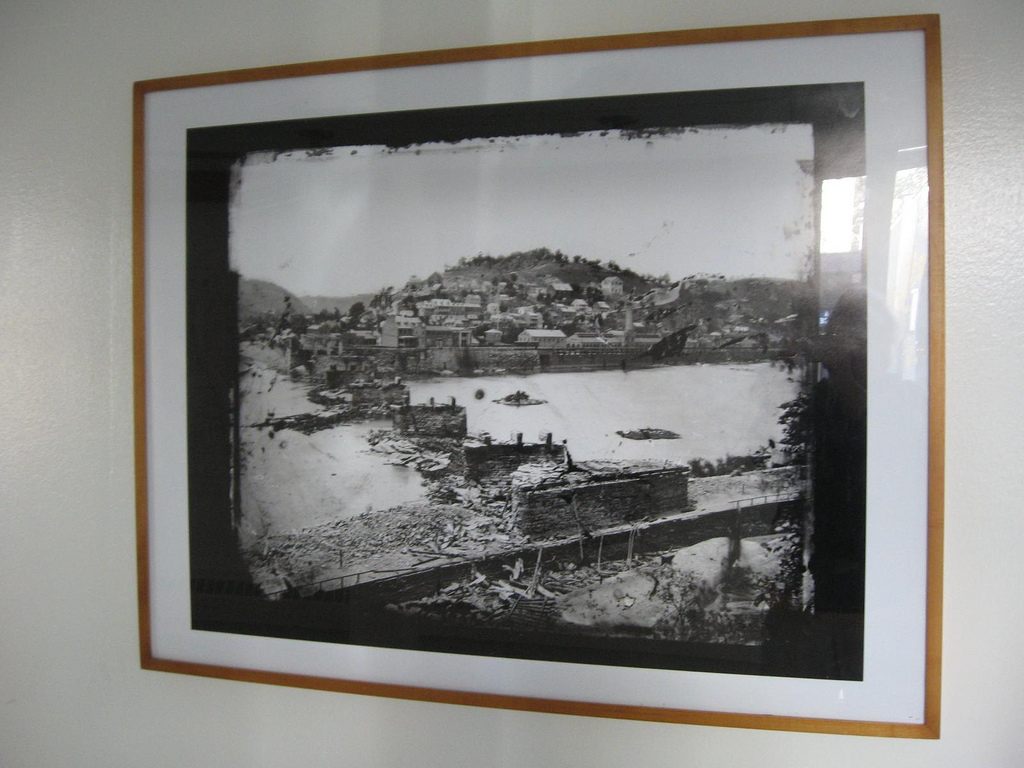
Adkins, without benefit of Bruce, currently is showing in The Crude and the Rare at Cooper Union (closing Nov. 20), a show that includes some big names, including Marina Abramović, Mark Dion, Alfredo Jaar and Lawrence Weiner (for starters). Adkins is also currently in the show Artist and Artifact (to Dec. 17) at the Brooklyn Historical Society.
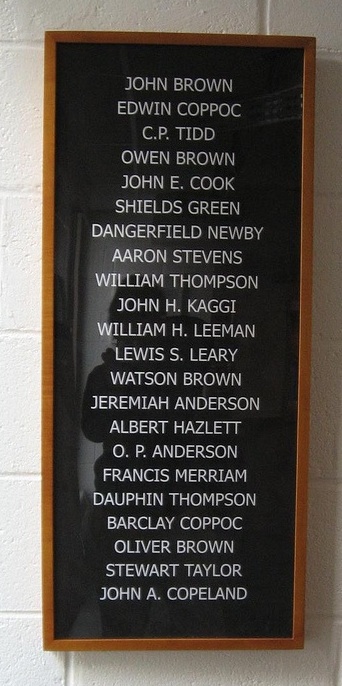
Riddle of the Sphinx is in Amistad Gallery in the W.E.B. Dubois College House, 39th and Walnut. The videos Adkins made for the show weren’t up when I was there, and Adkins indicated that maintaining video in that setting was perhaps impossible. The show works without them, but I was disappointed nonetheless. The closing event–Vigil Offering with the Lone Wolf Recital Corps–is Thursday December 2, 6-9 pm. Listen for Lone Wolf Adkins there resurrecting the lost and the forgotten.
For more information about John Brown, Adkins suggests Louis A. DeCaro Jr.’s John Brown the Abolitionist blog.





